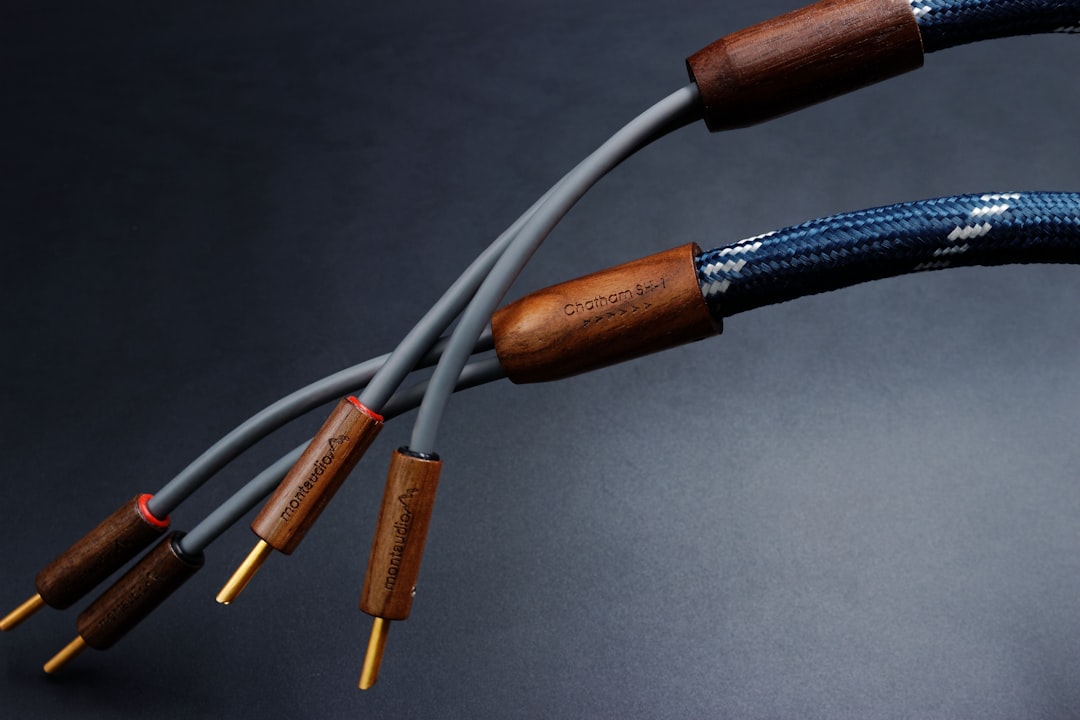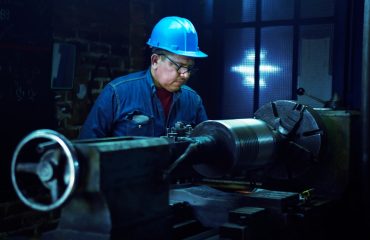Annealed wire, a marvel of metallurgical engineering, plays a crucial role in countless industries. Its unique properties, derived from a carefully controlled heat treatment process, make it incredibly versatile and adaptable to a wide range of applications. This post delves into the world of annealed wire, exploring its characteristics and showcasing its impressive applications.
Understanding the Annealing Process and its Impact on Wire Properties
The annealing process involves heating the wire to a specific temperature, holding it at that temperature for a predetermined time, and then slowly cooling it. This controlled heating and cooling cycle alters the wire’s microstructure, significantly influencing its mechanical properties. The primary benefit is a reduction in the wire’s hardness and tensile strength, resulting in increased ductility and malleability. This means annealed wire is easier to bend, shape, and form without breaking, making it ideal for intricate applications. The specific annealing temperature and cooling rate are crucial and depend heavily on the wire’s base metal composition. For instance, copper wire annealing might differ significantly from steel wire annealing. The result is a wire that is both strong enough for its intended purpose and flexible enough for easy manipulation.
Annealed Wire in the Electronics Industry: Precision and Conductivity
The electronics industry relies heavily on the precision and conductivity offered by annealed wire. Its flexibility allows for easy winding in coils for inductors and transformers, while its high conductivity ensures minimal energy loss during current transmission. Annealed copper wire, in particular, is a cornerstone of circuit board manufacturing, used extensively in connecting components and creating intricate wiring harnesses. The softness of the wire also reduces the risk of damage to delicate electronic components during the assembly process. The consistent quality and precise dimensions of annealed wire are critical for ensuring the reliability and performance of electronic devices.
Automotive Applications: Strength, Flexibility, and Durability in Motion
The automotive industry utilizes annealed wire in a multitude of applications, demanding both strength and flexibility. From the intricate wiring harnesses that power various vehicle systems to the robust steel wire used in springs and suspension components, annealed wire plays a vital role. The ability to withstand vibrations and stresses associated with vehicle operation is paramount, and annealed wire’s enhanced ductility contributes significantly to its long-term durability. The precise shaping and forming capabilities of annealed wire are also essential in creating complex automotive parts, ensuring proper functionality and safety.
Construction and Infrastructure: Supporting Robust Structures
In the construction and infrastructure sectors, annealed wire finds its application in various forms, often contributing to the structural integrity of buildings and infrastructure projects. Steel wire, after annealing, is used in the production of reinforcing mesh for concrete, increasing the tensile strength and overall durability of concrete structures. The malleability of annealed wire also makes it suitable for use in various fastening applications, offering a secure and dependable connection. Furthermore, annealed wire is used in the manufacturing of various types of fencing and cabling, contributing to the overall safety and stability of construction sites and infrastructure projects.
Beyond the Common Applications: Niche Uses of Annealed Wire
While the applications mentioned above are widespread and significant, annealed wire also finds its place in several niche industries and applications. For instance, annealed wire is crucial in the manufacturing of springs in various devices, from clocks and watches to more complex machinery. Its ability to withstand repeated compression and extension cycles is essential for maintaining the functionality of these mechanisms. In the medical field, annealed wire, often made from biocompatible materials, is used in surgical instruments and implants. The flexibility and strength of the wire are crucial for ensuring the precision and safety of medical procedures. Furthermore, the art and craft industry also utilizes annealed wire for intricate jewelry making and decorative purposes, leveraging its malleability and ability to hold complex shapes.
In conclusion, annealed wire’s versatility and unique properties make it an indispensable material across a vast range of industries. From the intricate circuits of electronic devices to the robust structures of buildings, annealed wire consistently delivers strength, flexibility, and reliability, solidifying its position as a key component in modern manufacturing and engineering.
SEO Tags:
- Annealed Wire
- Annealing Process
- Wire Applications
- Metal Wire
- Industrial Wire




